.jpg)
The conference aims to promote trade and investment activities, especially exports, creating strong growth momentum for Da Nang city and the Central region.
Export opportunities in the period 2025-2030
As of mid-September 2025, the total import-export turnover of goods nationwide reached over 637 billion USD, up 17.2% over the same period last year, of which exports reached over 325 billion USD (up 15.8%), imports reached nearly 312 billion USD (up 18.8%); the trade balance of goods had a surplus of 13.3 billion USD. This shows that Vietnam maintains a high trade surplus and the strong growth of Vietnamese enterprises.
However, according to Ms. Le Thi Thanh Minh, representative of the Department of Foreign Market Development, Ministry of Industry and Trade, in the context of complex and unpredictable changes in the world , especially strategic competition, the US's reciprocal tax policy, increasingly strict requirements on green standards and traceability, which are becoming mandatory "passports" in many markets... pose many challenges for businesses.
Ms. Le Thi Thanh Minh emphasized that diversifying export markets and products is no longer a slogan but an inevitable path to minimize risks in exports, enhance resilience and create a foundation for sustainable export development.
To diversify the market, Vietnam continues to consolidate and increase market share in traditional markets: the United States, the EU, Japan, Korea, China, with a focus on technological innovation, improving product quality and complying with increasingly strict technical standards of partners. At the same time, exploiting new markets with great potential such as: the Middle East, Africa, South Asia, Latin America, Eastern Europe.
Along with market diversification, export products also need to be more diversified. Enterprises need to focus on shifting from exporting raw and semi-processed goods to deeply processed products and high value-added products; developing high-tech products, electronics, and digital products; promoting green, organic, and sustainable products; building and promoting national brands for key industries such as rice, coffee, seafood, textiles, etc. so that Vietnamese goods can have a more sustainable position in the international market.
Meanwhile, managers and experts emphasize that businesses need to pay close attention to meeting the strict requirements of some key markets such as the United States and China.
Mr. Do Ngoc Hung, Vietnam's Trade Counselor in the United States, said that the Vietnamese Government needs to exchange and negotiate with the United States on reciprocal tax policies to maintain export momentum until the end of the year and the following years.
At the same time, businesses must promote the application of technology in tracing the origin and provenance of products, especially in markets that focus on green economy.
Sharing the same view, Mr. Nong Duc Lai, Vietnam Trade Counselor in China, said that the demand of the Chinese market for aquatic products and tropical agricultural products is still very large, especially in large cities (high-end products) and areas with limited production conditions. Therefore, Vietnamese enterprises need to promote Vietnam's advantages (geographical location; production costs, transportation; tropical products...); organize production according to VietGap, GlobalGap standards, standards of importing countries and strengthen management and supervision of quality and food safety and hygiene.
Da Nang: driving force for logistics development
With the potential and export opportunities in the 2025-2030 period, localities located in the East-West economic corridor need to quickly take advantage of their logistics infrastructure position, increasing their contribution to 20-25% of the total national import-export turnover in the next 10 years.
Mr. Tran Thanh Hai, Deputy Director of the Import-Export Department, Ministry of Industry and Trade, said that the Central region from Quang Tri to Quang Ngai is currently contributing about 12-15% of the total import-export turnover of the country.
These localities have strengths in logistics infrastructure with a seaport system stretching from Chan May Port, Da Nang, Chu Lai - Ky Ha, Dung Quat, Hon La small port and My Thuy port under construction.
In addition, there are Da Nang international airport - an important air gateway, Dong Hoi, Phu Bai and Chu Lai airports.
Roads and railways include National Highway 1A, the North-South Expressway and the North-South Railway running along the area, and cross-roads such as National Highway 8, National Highway 9, National Highway 49, National Highway 14D, and National Highway 24 connecting to the border gates of Cha Lo, Lao Bao, La Lay (Quang Tri), Nam Giang (Da Nang), and Bo Y (Quang Ngai). Waterways include the Lien Chieu super port project under construction.
The East-West Economic Corridor connecting Myanmar - Thailand - Laos - Vietnam, ending at Tien Sa port (Da Nang), contributes to opening a new direction for goods from Laos and Northeast Thailand to the sea.
However, Mr. Tran Thanh Hai said that the volume of goods passing through the East-West Economic Corridor is still limited, mainly due to unfavorable border procedures, border gate and seaport infrastructure not meeting international transit requirements, and a real cross-border logistics center has not been formed.
Mr. Nguyen Thanh Hai proposed to build a "Central Logistics Alliance" to create a close coordination mechanism between provinces and cities from Quang Tri to Quang Ngai. Form a common free trade zone between Da Nang and Hue, connecting Lien Chieu and Chan May ports, linked to the free trade zone, with the function of transiting and distributing goods in the region and internationally.
Calling on Vietnamese enterprises to invest in Laos to create sources of goods; reforming customs procedures, applying the “one-stop-shop” mechanism, developing bonded warehouses and logistics centers in Quang Tri and Da Nang to receive goods from Laos and Thailand.
Create a "Green Corridor" for agricultural exports to build a complete cold supply chain from production areas to export ports; develop a "Cross-border e-commerce center", take advantage of free trade zones to develop e-commerce with Laos, Cambodia, and Thailand. Build a "Logistics 4.0 Central Region" program to apply advanced technology to improve competitiveness...
“To realize this vision, we need strong political determination, close coordination between localities and strong investment in infrastructure and human resources. The Da Nang Free Trade Zone will be the “locomotive” driving the development of the entire region, creating a dynamic, prosperous Central region that is deeply integrated with the world economy,” Mr. Hai emphasized.
According to Deputy Director of the Trade Promotion Agency (Ministry of Industry and Trade) Le Hoang Tai, the Government's approval of the establishment of the Da Nang Free Trade Zone, this is a pioneering model combining specific institutions, modern infrastructure and innovative approaches, opening up favorable opportunities for export development, attracting investment, and forming supply chains and production with high added value right in the locality.
The merger of Quang Nam with Da Nang into the new Da Nang city has significantly expanded the development space and infrastructure resources, human resources, and natural resources, creating conditions for the formation of large industrial, logistic, and commercial zones, directly linked to Tien Sa port and other auxiliary seaports.
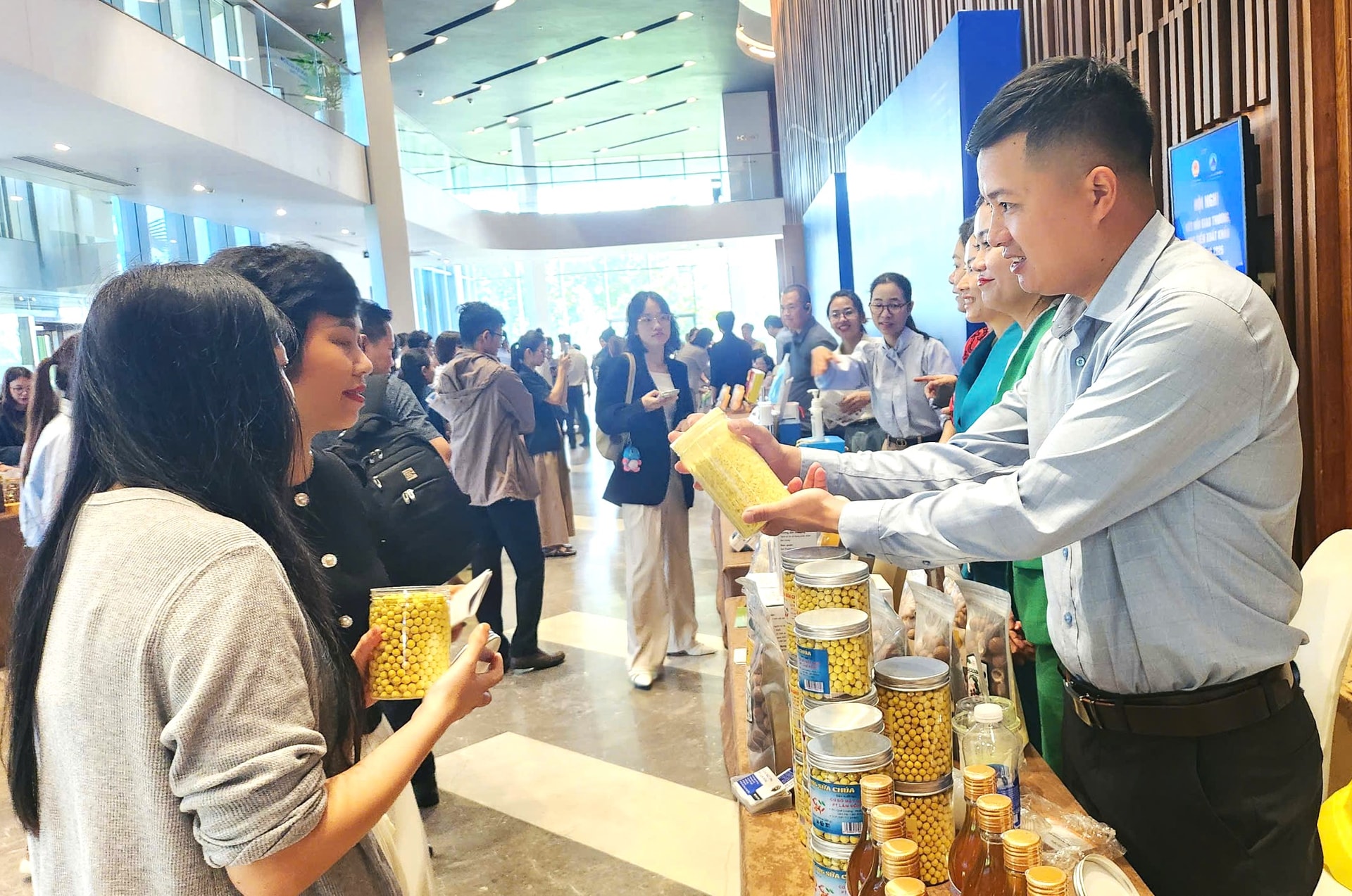
This is an opportunity for Da Nang to build a closed supply chain, from production, processing to export, reducing logistics costs, improving operational efficiency, and taking advantage of its central location connecting with the markets of ASEAN, China, Japan, Korea, EU and the US.
“Da Nang needs to make the most of mechanisms, policies, and resources to develop the Da Nang Free Trade Zone, including building a priority mechanism for export enterprises, promoting deep processing industries, high technology, logistics, cross-border e-commerce, and at the same time implementing policies to attract foreign investment and link with FDI enterprises.
At the same time, developing logistics and seaport infrastructure through perfecting multimodal transport connections (road - rail - sea - air), developing smart warehouses, regional distribution and logistics centers, to reduce transportation costs and increase competitiveness for export goods," Mr. Tai shared.
Source: https://baodanang.vn/logistics-va-khu-thuong-mai-tu-do-da-nang-dong-luc-moi-cho-xuat-khau-mien-trung-3305226.html




![[Photo] Binh Trieu 1 Bridge has been completed, raised by 1.1m, and will open to traffic at the end of November.](https://vphoto.vietnam.vn/thumb/1200x675/vietnam/resource/IMAGE/2025/10/2/a6549e2a3b5848a1ba76a1ded6141fae)





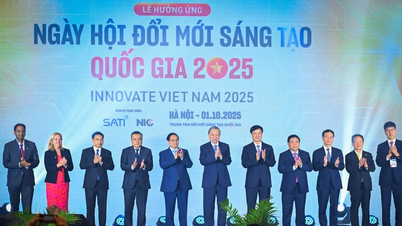

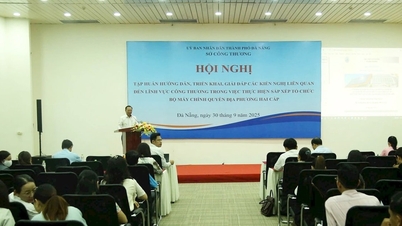


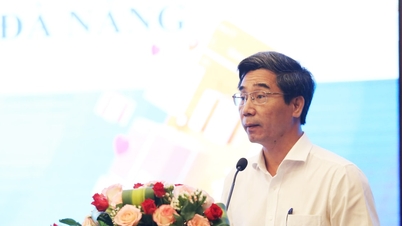



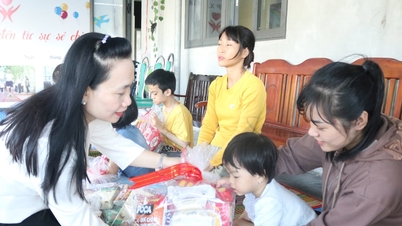
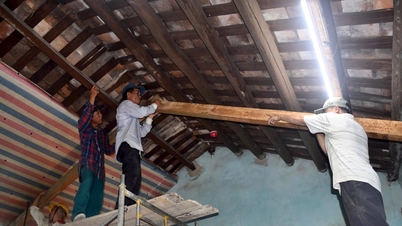
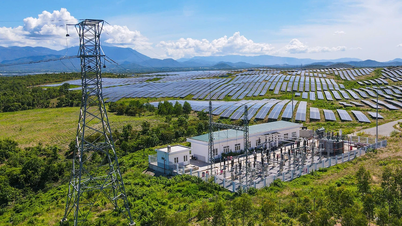


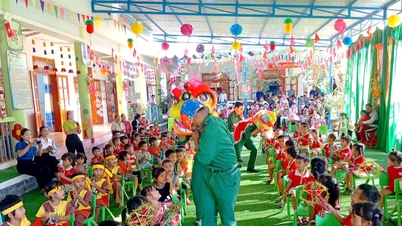




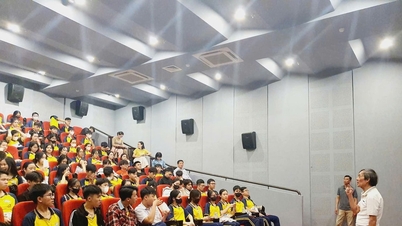
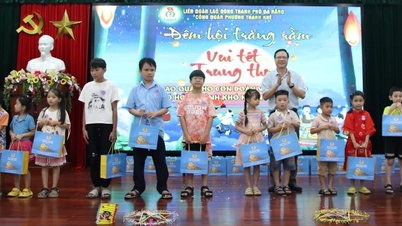
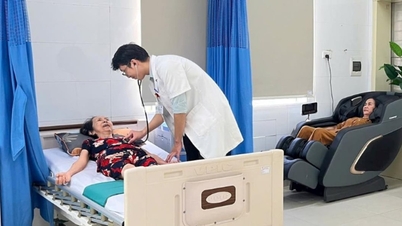



































































Comment (0)